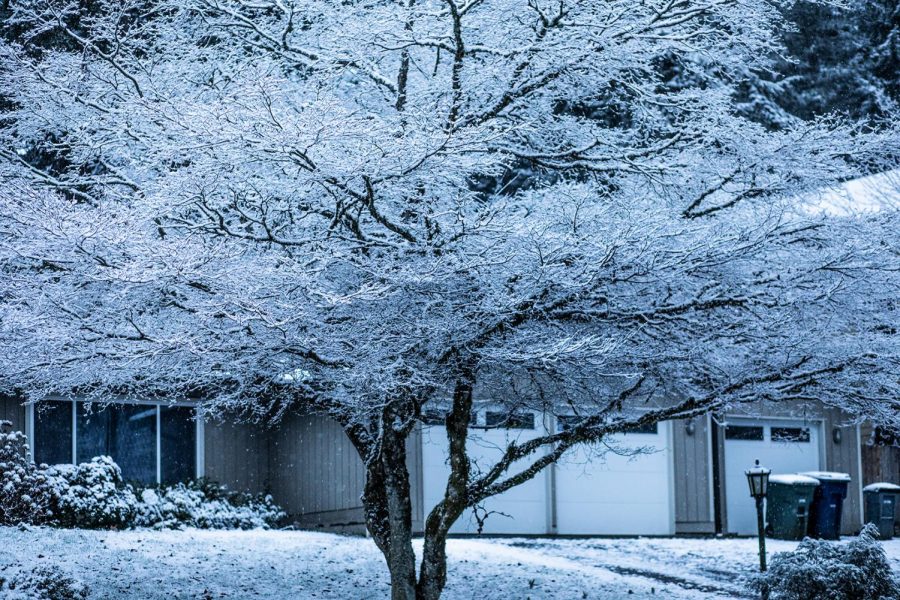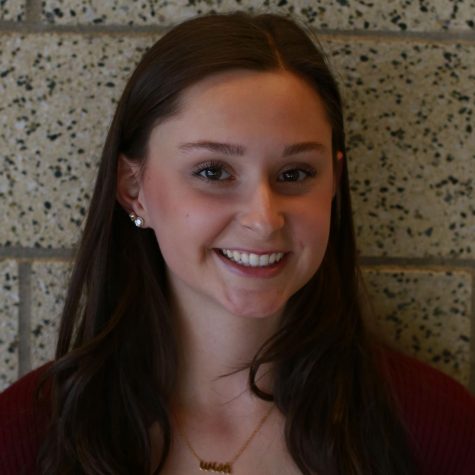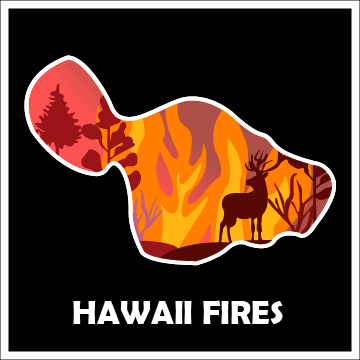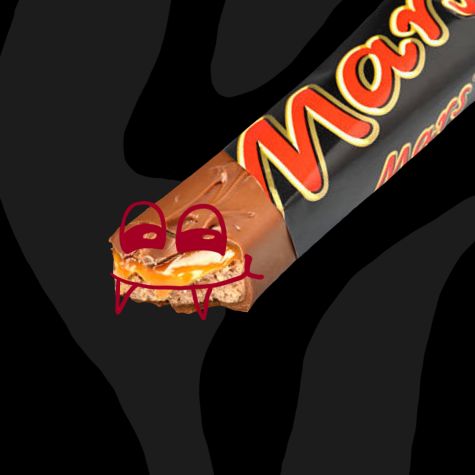A Look Into the Polar Vortex
EXTREME COLD: A polar vortex descends upon the Midwest and Northeast U.S., bringing subzero temperatures and wind chills around minus 50 degrees Fahrenheit. The extreme weather has caused school closures, deaths, and states of emergency across the regions.
March 4, 2019
The week of Jan. 27 to Feb. 2, the Midwest and Northeast United States experienced severe freezing temperatures that wreaked havoc on the affected areas. The cause: a polar vortex. As defined by NBC News, a polar vortex is “the mass of cold air that typically blows counterclockwise over the Arctic. When the flow of the jet stream slows, it can be reconfigured and push the frigid air south” Unfortunately, that puts the United States into the path of the frigid phenomenon.
And while the Midwest and the Northeast are no strangers to harshly cold and snow-filled winters, the polar vortex brings extremely dangerous conditions to these areas. According to The New York Times, “officials throughout the region have declared states of emergency.” Illinois, Michigan, Wisconsin, and Ohio, among other states, closed schools and universities due to the dangers presented by the cold. For example, students at the University of South Dakota faced a school cancellation after temperatures were predicated at minus 3 degrees Fahrenheit. And wind chills across the Midwest have reached negative 40 degrees Fahrenheit, wreaking havoc on those living under the circumstances.
As reported by CNN, “Officials warned of almost instant frostbite as temperatures in the region plunged below zero” on Jan. 30. At that time, 224 million people endured temperatures below 32 degrees and over a fifth of the population endured sub-zero temperatures.
Naturally, such freezing conditions come with dire consequences. Junior Parth Achwal states that some people “don’t think [the weather] is dangerous and don’t protect themselves enough.” BBC News reports that the lives of 21 people were taken by the polar vortex. Many people that died were insufficiently dressed for the frigid temperatures while others were homeless and lacked the proper housing. The New York Times reports that one man in Chicago was killed by a snow plow, another couple killed in Indiana in a car crash, and a man in Milwaukee froze in his garage.
With such harrowing conditions facing those living in the Midwest and Northeast regions of the U.S., Achwal believes that “people should have stocked up on all supplies before the storm and then stayed inside and protected themselves.”
In an effort to keep the most people safe, CBS News reports that many Chicago employers told their employees to stay home as temperatures plummeted, with wind chill reaching minus 50 degrees Fahrenheit. In addition, more than 3,601 flights were cancelled in the affected areas.
In terms of what cities could be doing to help people stay safe during the chilling time, sophomore Krista Mainard says, “They could try and help more of the homeless people because they can’t really do anything about their situation and I think it would make sense if they tried to enforce people staying inside because it’s really dangerous to go outside.” Senior Ciara O’Dea agrees that cities should provide “more resources for homeless people,” and that people should have remained in their homes after being warned.
And the freezing temperatures, wind chills that exacerbate the cold, and piles of snow are not the only concerns when a polar vortex hits. According to BBC News, as temperatures surged following the end of the polar vortex, citizens were put at risk for flooding issues and burst pipes.
The natural environment could take a heavy toll as well. Freshman Christian Hernandez predicts that “the weight of the snow would possibly cause some trees to fall.” Achwal believes “wildlife living [through the storm] would have been affected pretty severely.”
With arctic temperatures and snowy conditions, critics of global warming have become further skeptical of the heating of the earth. However, climate change is as real as ever. For those, including the President, who cannot fathom how the polar vortex and global warming can be concurrent phenomenons, NBC News reports that the freezing temperatures should be viewed as an exception to the proven steady increase in rising global temperatures.
Furthermore, according to CBS News, some scientists theorize that as warm air moves into the arctic, the jet stream of cold air is weakened and pushed southward into lower regions such as the U.S. Additionally, National Geographic reports that “data clearly show[s] a long-term trend toward fewer, less widespread and less severe cold snaps of this sort.”
Mainaird believes that to combat further freak weather episodes related to climate change, first the U.S. must “[recognize] that it’s real.” Mainard also states that as global warming progresses, similar weather incidents will continue to occur.
Should the U.S. view freak weather like the polar vortex as a wake up call? Achwal thinks that “it should take it as a warning.” In agreement, O’Dea believes that “we should do a lot more than what we’re doing right now because it is a big problem…and the government… needs to start taking a stronger stance on [companies producing greenhouse gases] because it is the future.”
And as the future remains unknown, only time will tell if the Midwest and Northeast will continue in their brutal winters, and if these weather phenomenons such as polar vortexes will further blindside the U.S.





